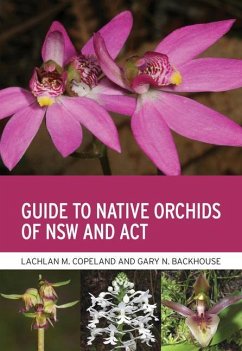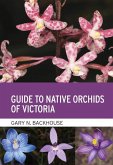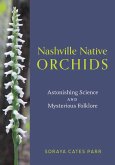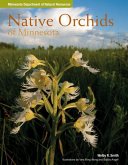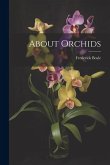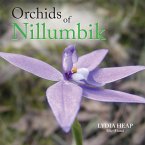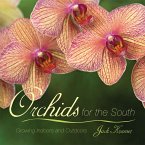"This comprehensive guide describes the 582 species of wild orchids that occur in NSW and the ACT. This region covers the richest area for wild orchids in Australia and includes over 500 species of seasonal ground orchids and 62 species of evergreen tree and rock orchids. Orchids found in this region include the tallest, heaviest, smallest flowered, most numerous flowered and most bizarre orchids in Australia, including elusive underground species. Guide to Native Orchids of NSW and ACT describes each species, enabling their identification in the field, and includes over 600 photographs of wild orchids in their natural habitat and distribution maps for almost all species. Featuring orchids with a dazzling array of colour and form, this is the essential guide for all orchid enthusiasts." -- Back cover.
Bitte wählen Sie Ihr Anliegen aus.
Rechnungen
Retourenschein anfordern
Bestellstatus
Storno

